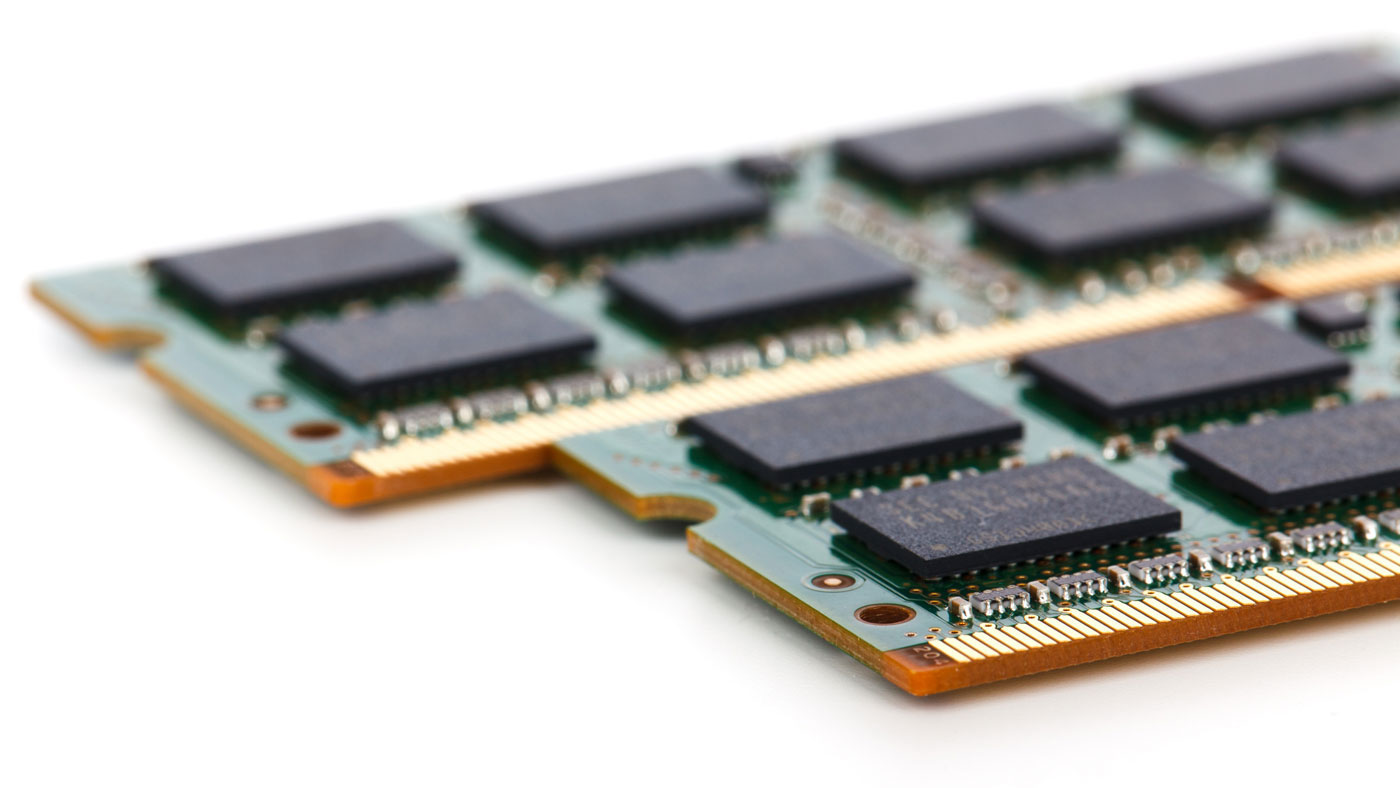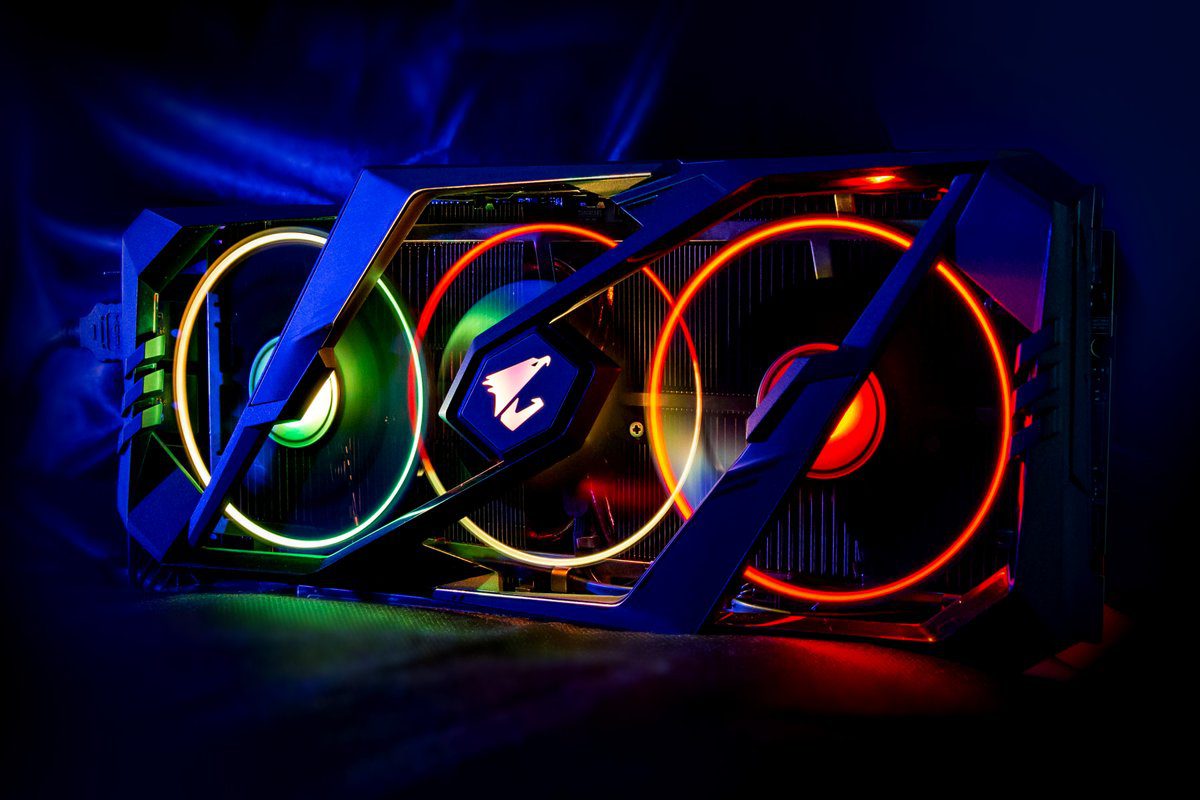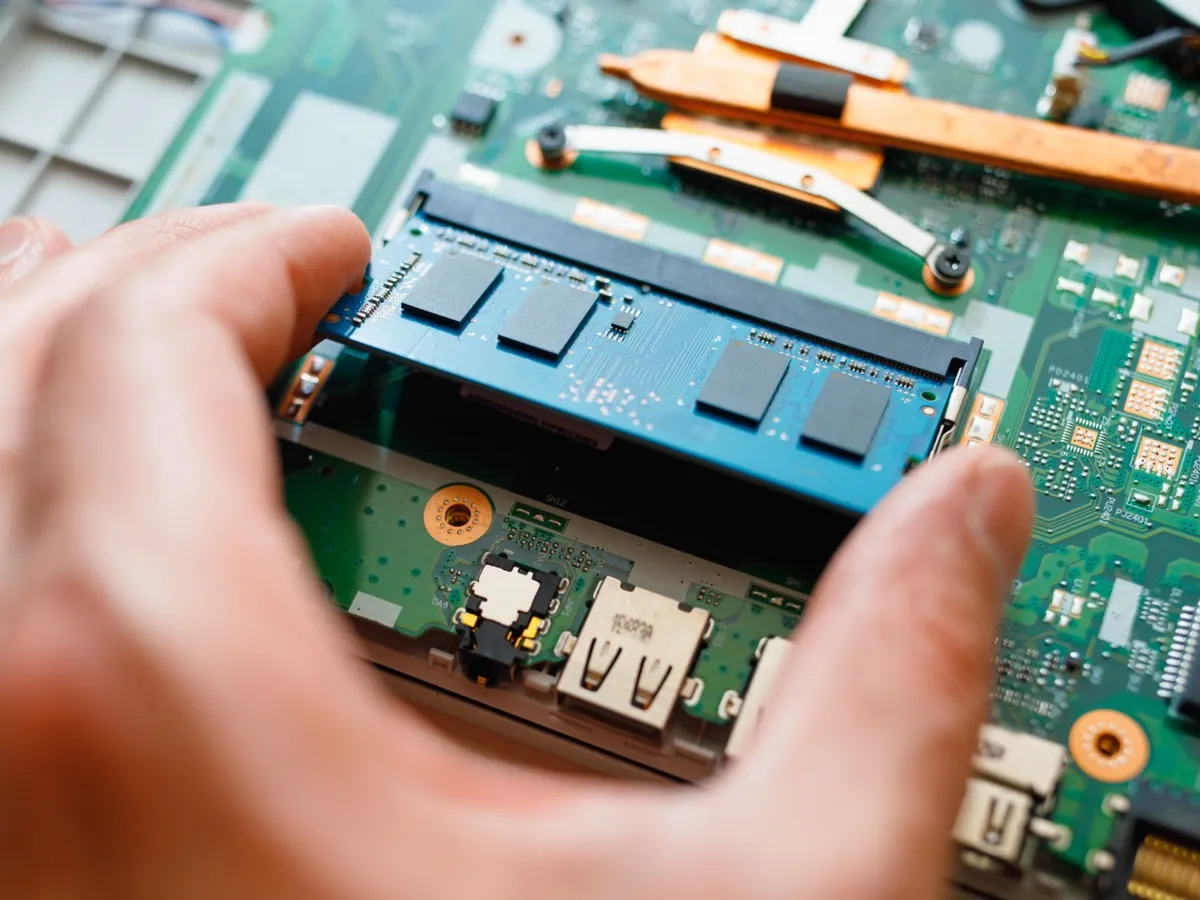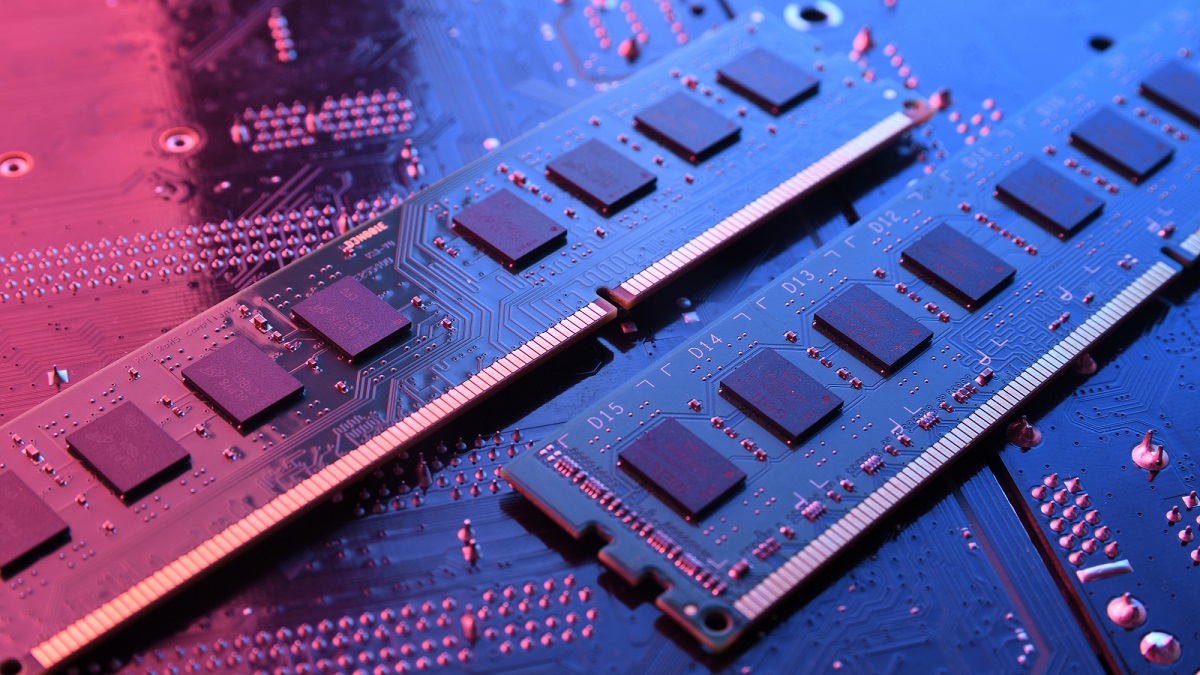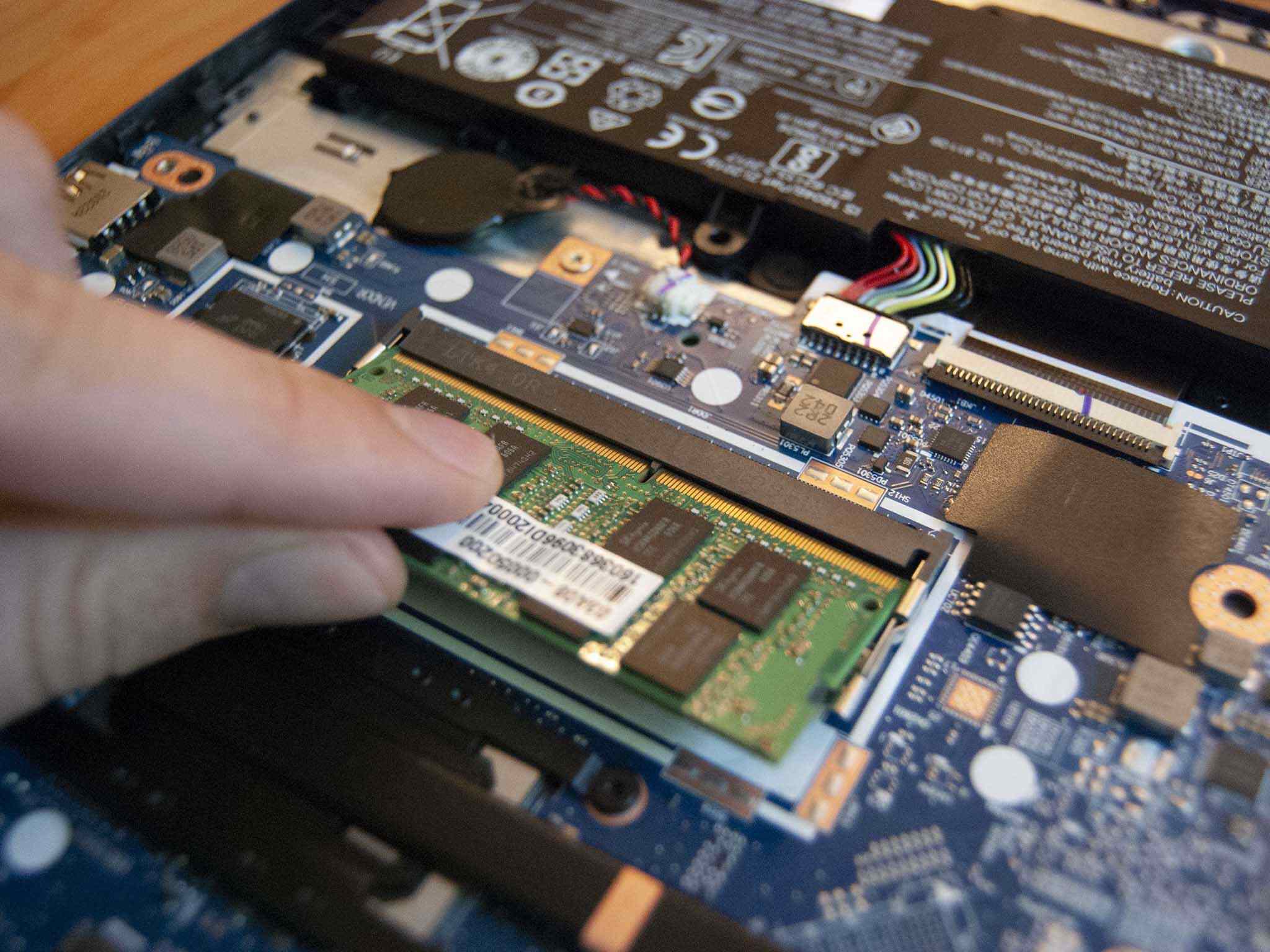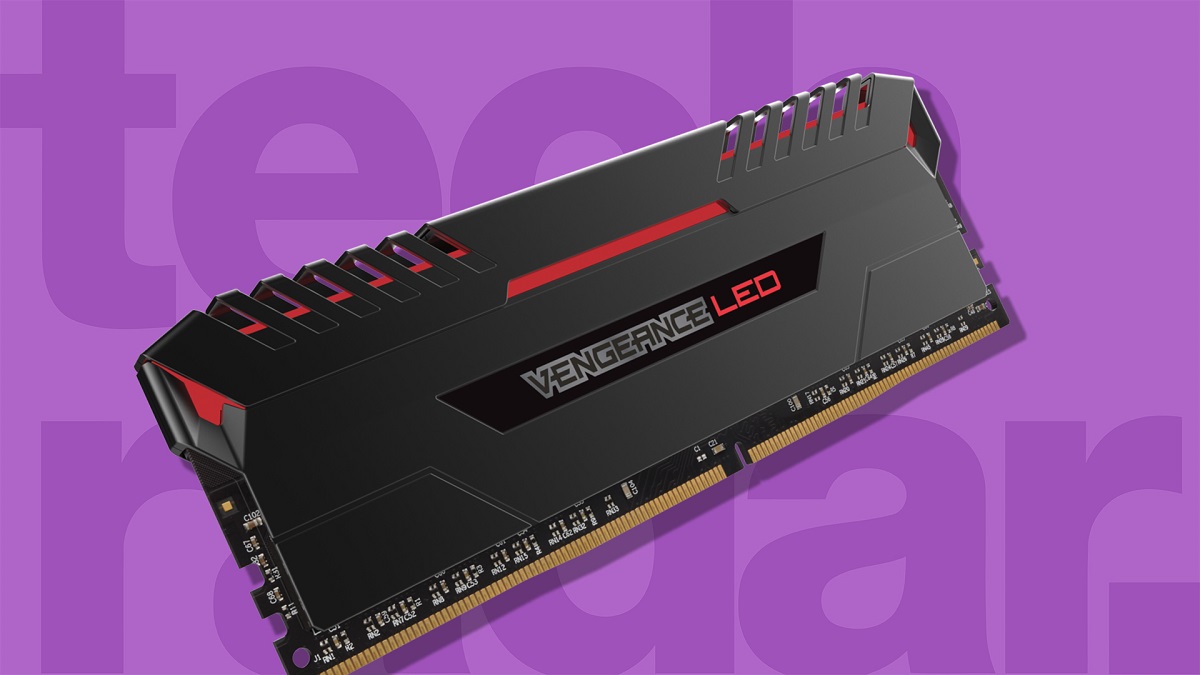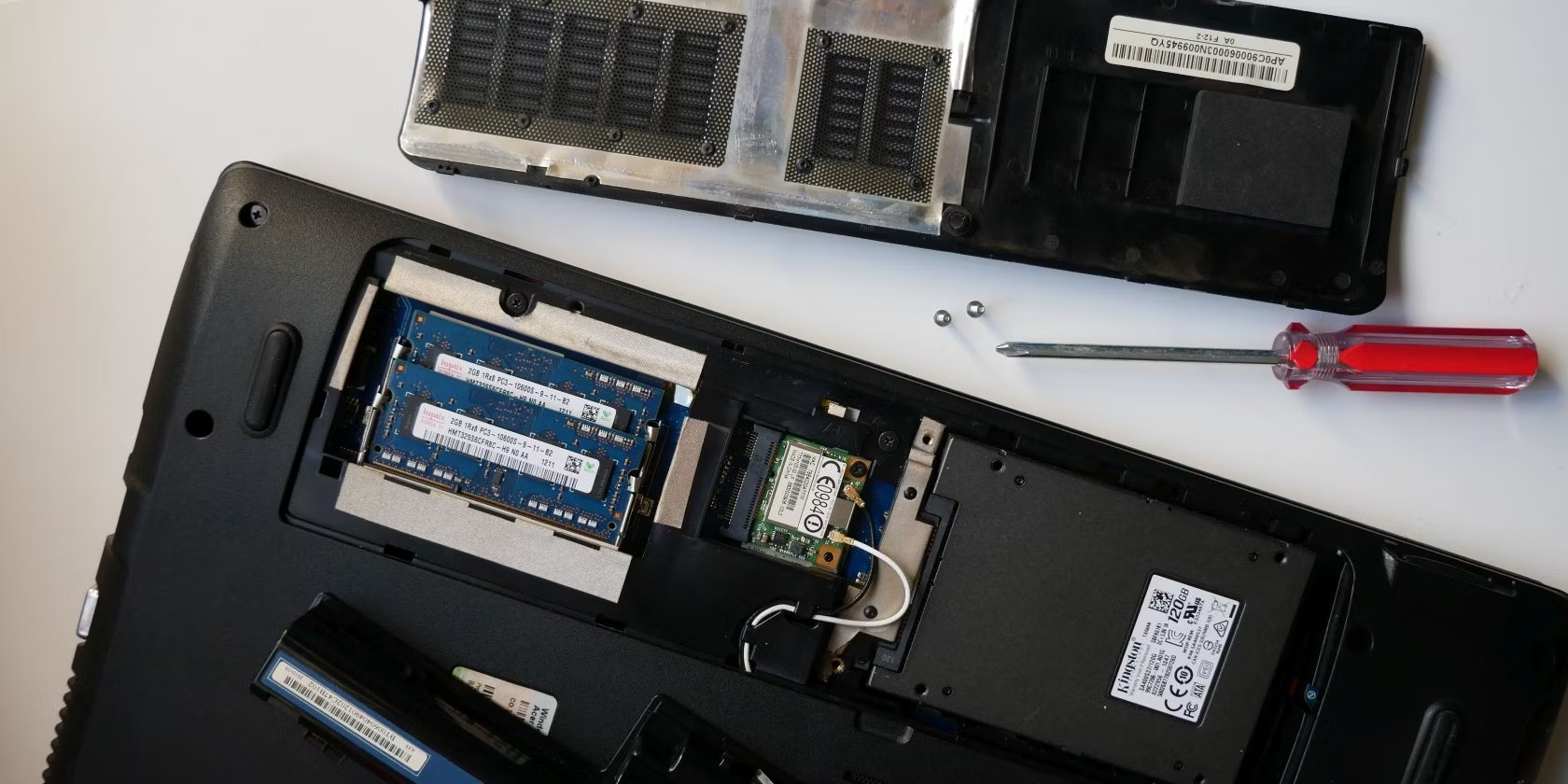Introduction
When it comes to 3D rendering, having an adequate amount of RAM is crucial for smooth and efficient performance. RAM, or Random Access Memory, is responsible for temporarily storing data that your computer needs to access quickly. In the context of 3D rendering, RAM plays a vital role in handling large and complex graphics, textures, and renderings.
Having insufficient RAM can lead to slow rendering times, lag, and even crashes, which can significantly hinder your workflow. On the other hand, having an appropriate amount of RAM ensures that your computer can handle the computational demands of 3D rendering software, allowing you to work seamlessly and efficiently.
However, determining the right amount of RAM for 3D rendering can be a bit challenging, as it depends on various factors such as the complexity of your projects, the software you are using, and the platform or operating system you are working on.
In this article, we will dive into the factors that affect RAM usage in 3D rendering and discuss the minimum and recommended RAM requirements for different types of 3D rendering. Whether you are using a PC or a Mac, we will also provide you with some insights into the optimal RAM specifications for 3D rendering on different platforms. Additionally, we will explore how to calculate RAM requirements for your specific 3D rendering projects and share some tips to optimize RAM usage.
So, if you are ready to enhance your 3D rendering performance and avoid frustrating rendering setbacks, let’s delve into the world of RAM requirements for 3D rendering and find out how much RAM you really need!
Factors Affecting RAM Usage in 3D Rendering
Several factors contribute to the amount of RAM that is required for efficient 3D rendering. Understanding these factors will help you determine the appropriate amount of RAM needed for your specific rendering projects. Let’s explore the key factors affecting RAM usage in 3D rendering:
- Complexity and size of the 3D models: The complexity and size of your 3D models play a significant role in determining the RAM requirements. Larger and more intricate models require more RAM to store all the data, including vertices, textures, lighting information, and animation data.
- Texture and material resolution: High-resolution textures and materials with intricate details also contribute to higher RAM usage. Textures and materials are stored in memory for quick access during rendering. Higher resolutions require more RAM to store the additional data, ensuring smooth rendering without compromising on quality.
- Number of objects and instances: If your scene contains a large number of objects and instances, it will impact the amount of RAM needed. Each object and instance consumes memory resources, especially if they have unique attributes or animations associated with them.
- Complexity of the scene: The overall complexity of the scene, including lighting, shading, and rendering effects, affects RAM usage. More complex scenes with intricate lighting setups, realistic shadows, and advanced material properties require additional RAM to handle the calculations and store temporary data.
- Render settings and quality: The render settings and quality settings you choose will impact RAM usage. Higher quality settings, such as anti-aliasing, motion blur, and global illumination, require more RAM to store the intermediate results for accurate rendering.
It’s important to note that these factors are not standalone and often interrelated. For example, a complex scene with high-resolution textures and many objects will require more RAM compared to a smaller, simpler scene. Therefore, it’s essential to consider these factors collectively when determining your RAM requirements.
Understanding the factors affecting RAM usage in 3D rendering will empower you to make informed decisions and allocate the right amount of RAM for optimal performance. In the next section, we will delve into the minimum RAM requirements for different types of 3D rendering to help you establish a baseline for your projects.
Minimum RAM Requirements for Different Types of 3D Rendering
When it comes to 3D rendering, the minimum RAM requirements vary depending on the type of rendering and the complexity of your projects. While the following specifications serve as a general guideline, it’s important to consider the specific requirements of your chosen software and any additional plugins or tools you may be using. Let’s explore the minimum RAM recommendations for various types of 3D rendering:
- Product and Architectural Visualization: For basic product and architectural visualization projects, a minimum of 8GB to 16GB of RAM is generally sufficient. However, if you’re working with larger scenes, high-resolution textures, and complex lighting setups, it’s recommended to have at least 16GB to 32GB of RAM for smoother performance.
- Animation and Motion Graphics: Animating 3D scenes and creating motion graphics can be more demanding on system resources. A minimum of 16GB of RAM is recommended for basic animation projects. For more complex animations with detailed character rigs, particle simulations, and physics simulations, it’s advisable to have 32GB to 64GB of RAM.
- Visual Effects and Simulation: Visual effects and simulations often require a significant amount of RAM due to the complexity and calculations involved. For moderate visual effects work, 32GB to 64GB of RAM is recommended. However, for extensive simulations or high-resolution fluid dynamics simulations, a minimum of 64GB to 128GB of RAM is typically required.
- Virtual Reality (VR) and Gaming: Creating VR experiences and gaming content involves real-time rendering and high-resolution textures. For VR and gaming projects, it’s recommended to have a minimum of 32GB to 64GB of RAM to ensure smooth performance and avoid lag during gameplay or VR experiences.
Keep in mind that these are minimum RAM recommendations and are based on general industry standards. Depending on the complexity of your projects and the specific requirements of your software, you may need to allocate more RAM to achieve optimal results.
Now that we have discussed the minimum RAM requirements for different types of 3D rendering, let’s move on to the recommended RAM specifications for 3D rendering on different platforms, such as PC and Mac.
Recommended RAM Specifications for 3D Rendering on Different Platforms (PC, Mac)
Choosing the right RAM specifications is essential for optimal 3D rendering performance, especially when considering different platforms like PC and Mac. While the minimum RAM requirements provide a baseline, having more RAM can significantly improve rendering speeds and overall workflow efficiency. Let’s explore the recommended RAM specifications for 3D rendering on PC and Mac:
- PC: When it comes to PC systems, it’s recommended to have a minimum of 16GB of RAM for basic 3D rendering tasks. For more demanding projects, such as complex scenes or simulations, 32GB or even 64GB of RAM is advisable. Additionally, having faster RAM with higher clock speeds can provide a performance boost, especially when paired with multi-core processors.
- Mac: Mac systems, like iMac Pro or Mac Pro, are popular choices for professional 3D rendering. For Mac users, it’s recommended to have a minimum of 32GB of RAM to handle the demands of rendering large scenes, complex simulations, or high-resolution textures. If you’re working on advanced visual effects or simulations, opting for 64GB or 128GB of RAM can provide even better performance.
It’s worth mentioning that these recommendations are based on general industry standards and may vary depending on the specific requirements of your projects and software. Moreover, keep in mind that RAM is just one component affecting rendering performance, and other factors like CPU and GPU capabilities also play crucial roles.
Before making a decision, it’s ideal to consult the system requirements of the 3D rendering software you plan to use and consider the scale and complexity of your projects. Additionally, future-proofing your system by allowing for potential project growth is always a wise choice.
In the next section, we will explore how to calculate RAM requirements for your specific 3D rendering projects, so you can tailor your system specifications accordingly.
How to Calculate RAM Requirements for Your Specific 3D Rendering Projects
Calculating the right amount of RAM needed for your specific 3D rendering projects is crucial for ensuring smooth and efficient performance. While there are no one-size-fits-all formulas, you can follow these steps to estimate your RAM requirements:
- Assess the complexity of your projects: Evaluate the complexity of your 3D models, including the number of objects, instances, textures, and materials. Consider if you are working with high-resolution textures or intricate details that require more memory.
- Identify your software’s recommended specifications: Review the official documentation or system requirements of your 3D rendering software. Look for recommended RAM specifications and consider whether your projects fall within those parameters.
- Estimate the peak RAM usage: While working on your projects, monitor your system’s RAM usage during the rendering process. Observe the peak RAM usage and take note of any performance issues or bottlenecks. This will help you determine if you need to allocate more RAM.
- Factor in multitasking: Consider if you plan to multitask while rendering, such as running other software simultaneously or working on multiple projects at once. Allocating extra RAM for multitasking can help maintain smooth performance and avoid lags.
- Future-proof your system: Anticipate any potential project growth or future software updates that may require additional resources. It’s recommended to allocate slightly more RAM than your current requirements to ensure your system can handle future demands.
Keep in mind that these steps provide a general approach to calculating your RAM requirements. Each project is unique, and it’s important to consider the specific needs of your software, projects, and workflow. By carefully assessing the complexity of your projects and considering the recommendations provided by your software, you can make an informed decision about the amount of RAM you need.
In the next section, we will share some tips to optimize RAM usage for 3D rendering, helping you optimize your workflow and achieve better performance.
Tips to Optimize RAM Usage for 3D Rendering
Efficiently managing and optimizing RAM usage is essential for smooth and fast 3D rendering. By following these tips, you can optimize your RAM usage and enhance your overall rendering performance:
- Close unnecessary applications: Before starting a rendering process, close any unnecessary applications or processes running in the background. This will free up valuable system resources, including RAM, for your rendering software.
- Limit the number of open projects: Working with multiple projects simultaneously can consume a significant amount of RAM. If possible, try to limit the number of open projects to minimize RAM usage.
- Use proxy models and textures: Utilize proxy models and low-resolution textures during the editing and setup stages of your projects. This allows you to conserve RAM by loading only the necessary details when rendering is required.
- Optimize your scenes: Streamline your scenes by removing unnecessary objects, reducing polygon counts, and simplifying complex materials. This not only improves render times but also helps reduce RAM usage.
- Use efficient render settings: Experiment with different render settings to find the right balance between quality and resource usage. Adjusting settings such as resolution, anti-aliasing, or ray-tracing features can significantly impact RAM requirements.
- Allocate RAM wisely: Ensure that you allocate enough RAM to your rendering software within its preferences or settings. Avoid over-allocating or under-allocating, as this can result in performance issues.
- Regularly clear cache/temporary files: Cleaning up cache and temporary files generated by your rendering software can help free up valuable space in RAM. This can be especially beneficial during long rendering sessions or when working with large projects.
- Consider network rendering: Network rendering allows you to distribute the rendering process across multiple machines. This can significantly reduce the RAM usage on a single system, improving overall performance.
- Upgrade your RAM: If you consistently find that your RAM is the bottleneck for your rendering tasks, consider upgrading your system’s RAM capacity. This can provide a more significant boost in performance and allow you to handle more demanding projects.
By implementing these tips, you can effectively optimize your RAM usage for 3D rendering, resulting in smoother workflows and improved rendering performance.
In the next section, we will discuss the benefits of upgrading your RAM for improved 3D rendering performance.
Upgrading RAM for Improved 3D Rendering Performance
Upgrading your RAM can have a significant impact on the performance and efficiency of your 3D rendering tasks. If you find that your current RAM is causing bottlenecks or hindering your workflow, consider the following benefits of upgrading your RAM:
- Improved rendering speeds: Upgrading your RAM allows your computer to store and access more data in memory, resulting in faster rendering times. Complex scenes and large files can be processed more efficiently, leading to improved productivity and reduced waiting times.
- Ability to handle larger projects: With more RAM, you can comfortably work with larger 3D models, intricate textures, and complex scenes without experiencing performance issues. This allows you to push the boundaries of your creativity and take on more ambitious projects.
- Smooth multitasking: Upgrading your RAM provides the necessary resources to handle multitasking while rendering. You can run multiple applications simultaneously, switch between projects seamlessly, and continue working without interruptions or delays.
- Efficient utilization of software features: Many 3D rendering software provides advanced features and plugins that require substantial memory resources. Upgrading your RAM ensures that you can utilize these features to their full potential, unleashing the capabilities of your software.
- Future-proofing your system: As technology advances and software demands increase, having ample RAM becomes even more crucial. By upgrading your RAM, you future-proof your system and ensure that it can handle upcoming software updates, larger projects, and more demanding rendering requirements.
When upgrading your RAM, consider the specifications recommended by your software and the requirements of your projects. Choose high-quality, reliable RAM modules that are compatible with your system. It’s also advisable to consult with experts or check online forums for recommendations specific to your hardware and software setup.
Remember, while upgrading RAM is beneficial, it’s important to ensure that it is balanced with other components of your system like CPU and GPU. A well-rounded hardware configuration can provide the best overall performance for your 3D rendering workflows.
With an upgraded RAM capacity, you can unlock the full potential of your computer and take your 3D rendering to new heights.
Now that we have explored the benefits of upgrading your RAM, let’s conclude with a summary of the key points discussed in this article.
Conclusion
In the world of 3D rendering, having the right amount of RAM is crucial for optimal performance and productivity. By understanding the factors that affect RAM usage, you can determine the appropriate amount of RAM needed for your specific rendering projects.
We discussed the minimum RAM requirements for different types of 3D rendering, considering factors such as complexity, texture resolution, and scene intricacy. However, it is advisable to aim for higher RAM capacities to ensure smooth rendering and accommodate future project growth.
When it comes to choosing the RAM specifications for your system, we explored the recommended RAM sizes for PC and Mac platforms. It’s important to consider the requirements of your 3D rendering software, the complexity of your projects, and the potential for multitasking.
Calculating your RAM requirements involves assessing project complexity, considering software recommendations, estimating peak RAM usage, and future-proofing your system. These steps will help you allocate the right amount of RAM for your specific needs.
We also provided tips to optimize RAM usage, such as closing unnecessary applications, using proxy models and textures, and optimizing scenes. These strategies can help you make the most efficient use of your available RAM.
If you find that your current RAM capacity is limiting your performance, upgrading your RAM can have significant benefits. It improves rendering speeds, allows for larger projects, smooths multitasking, optimizes software features, and future-proofs your system.
In summary, having sufficient RAM is essential for smooth and efficient 3D rendering. By understanding the factors affecting RAM usage, calculating your specific requirements, optimizing usage, and considering upgrades when necessary, you can enhance your rendering performance and overall productivity.
Now, armed with this knowledge, it’s time to assess your current system, determine your RAM needs, and take the necessary steps to ensure a seamless and powerful 3D rendering experience.







